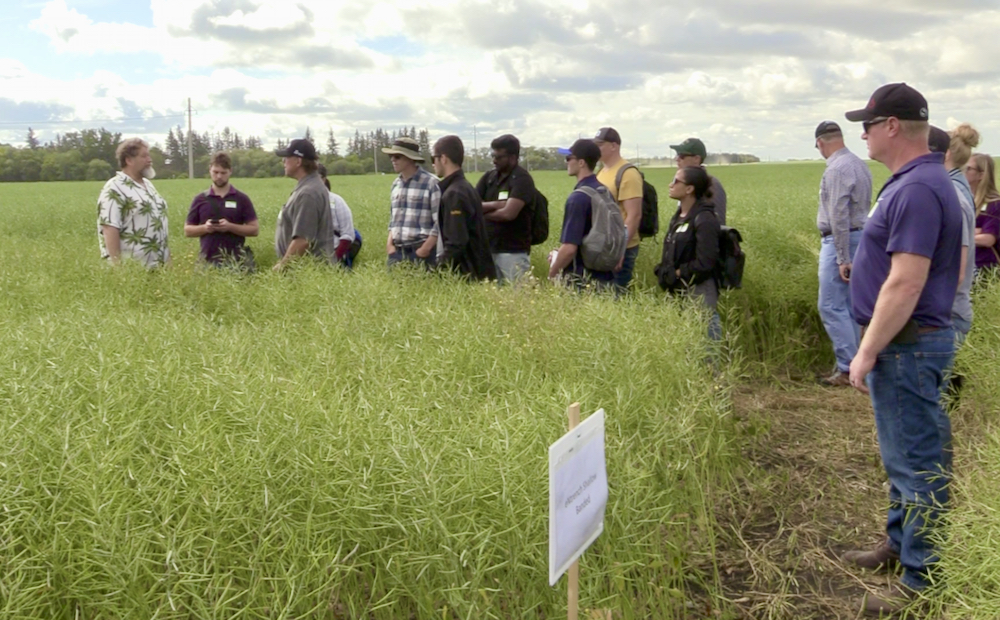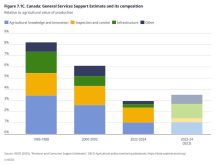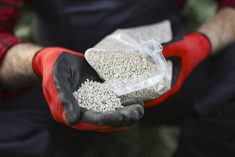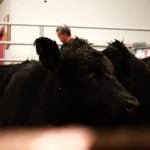When Mario Tenuta started talking about nitrous dioxide emissions, it didn’t take long for skepticism to show up.
It’s a drop in the bucket; it’s hard to nail down; dealing with the issue will add cost and risk; agriculture is going to be expected to carry the can – these are among the arguments that the highly contested subject has drawn.
Tenuta, senior industrial research chair in 4R nutrient management at the University of Manitoba, welcomed the questions from EMILI tour attendees in the second week of August.
Read Also
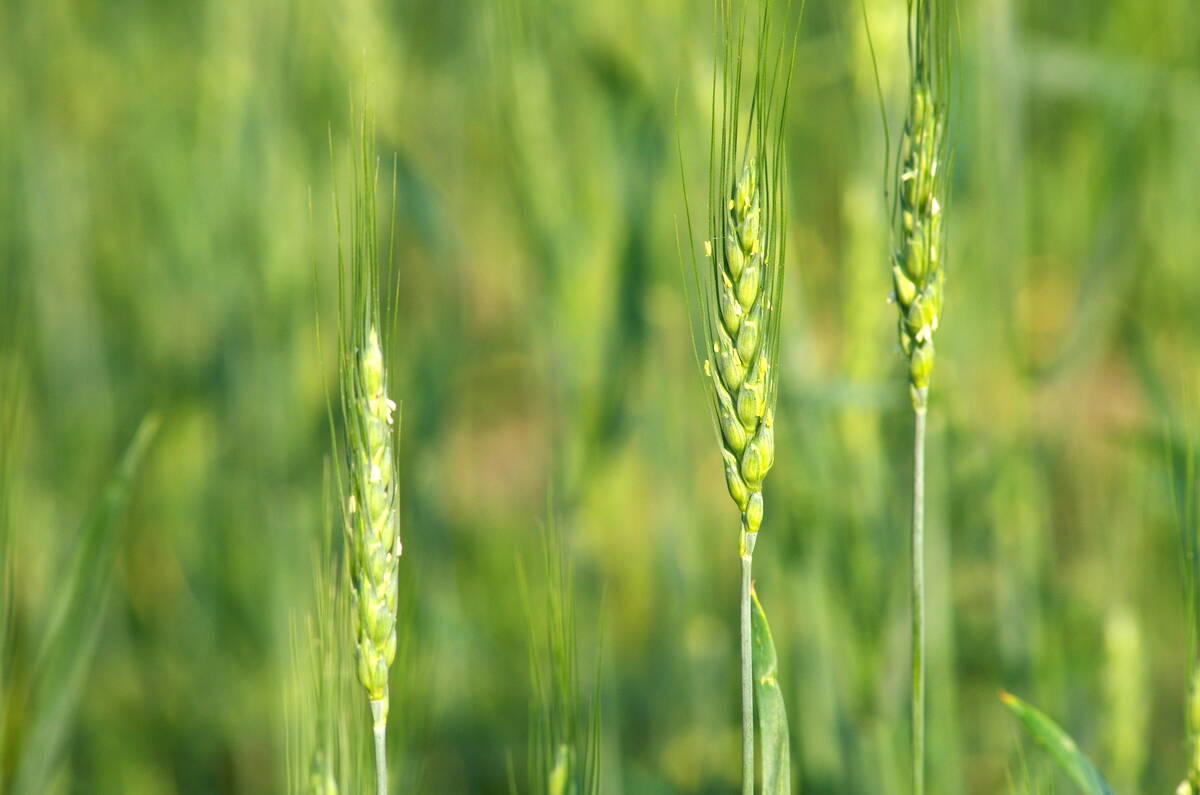
Code cracked on nitrogen-fixing wheat?
U.S. crop breeders have created a wheat variety capable of fixing its own nitrogen rather than relying on fertilizer.
“I enjoy a good debate on the topic,” he said.
Nitrous dioxide has garnered attention because it’s a particularly potent greenhouse gas about 300 times as potent as carbon dioxide, he said. And it’s a gas that is mainly produced by agricultural operations in Canada.
“Most of the excess nitrous dioxide that’s emitted in Canada comes from our use of nitrogen fertilizers,” he said.
Society has signalled it wants to see emissions reduced, Tenuta said. That puts agriculture in a tough spot if it is seen as an opponent of the reductions.
“We’re part of society. In fact, we’re the foundation of society,” Tenuta said. “Nitrous dioxide is our problem, and we’re going to be asked to combat it.”
Other economic sectors, including transportation and energy, are also being asked to reduce their emissions, he said, but agriculture’s emission targets are lower than most other sectors.
“The target for other sectors is 40 per cent,” he said. “We’re being asked to do 30 per cent, and that’s low-hanging fruit.”
He said years of research have shown that 30 per cent emission reductions are possible without hurting productivity. Some measures, such as coated nitrogen, might have a cost, but existing federal programs will help offset it.
“I think if the federal government is offering money for this, we should take it and use it to figure this out,” Tenuta said.


